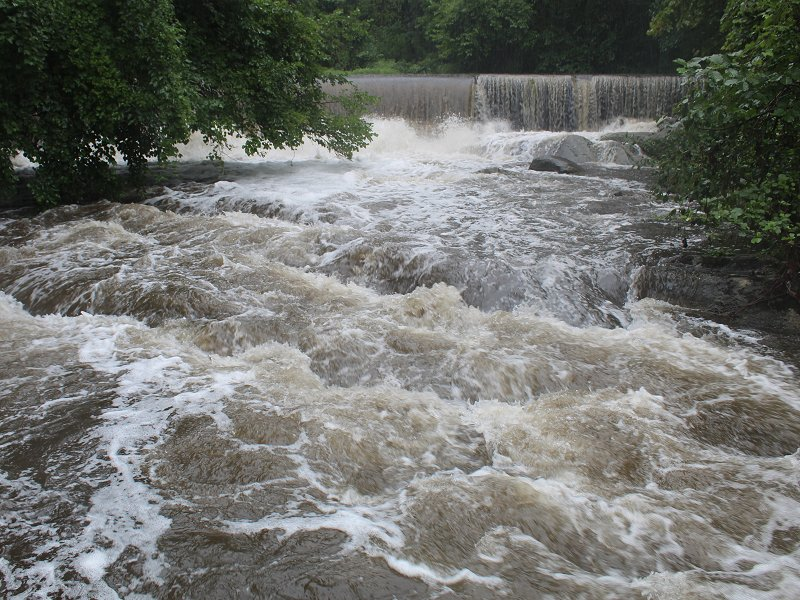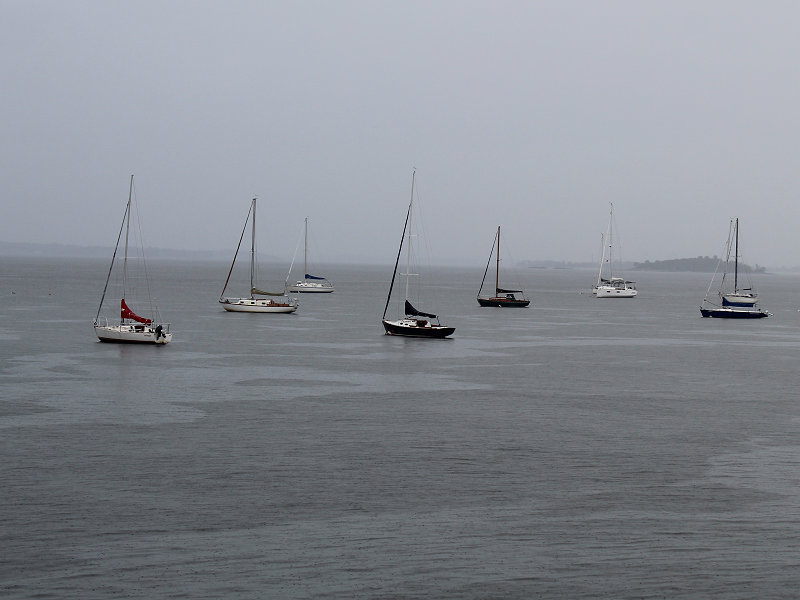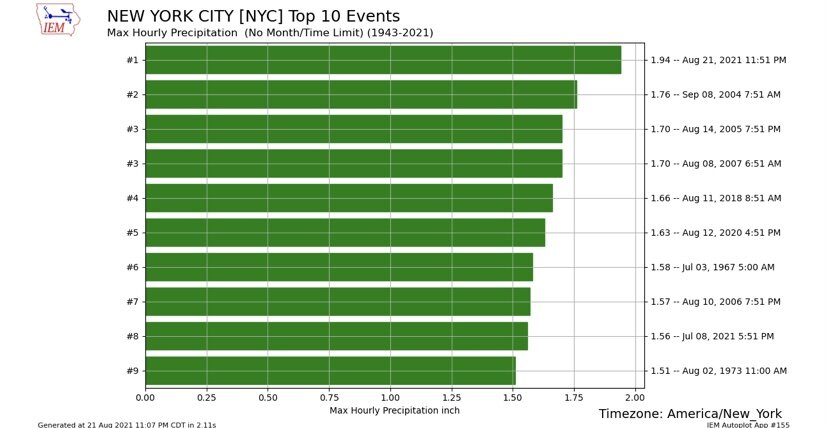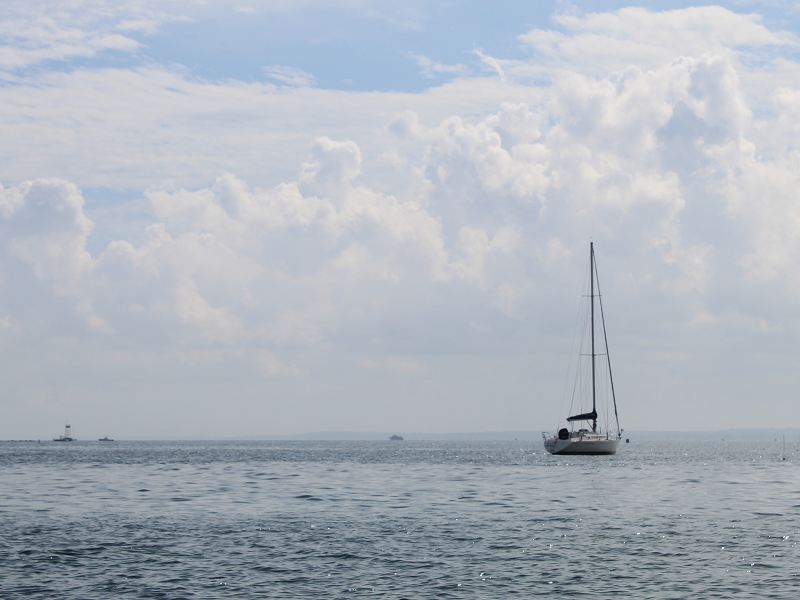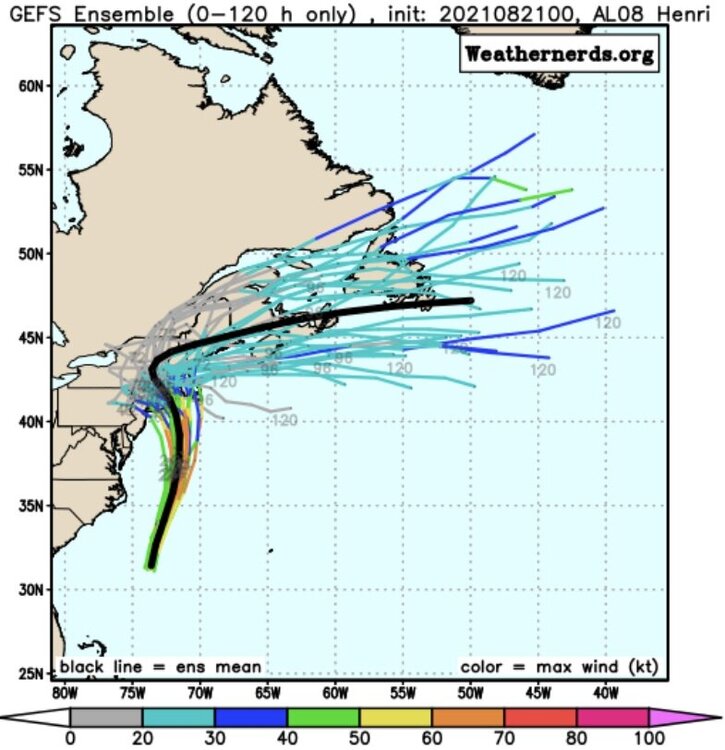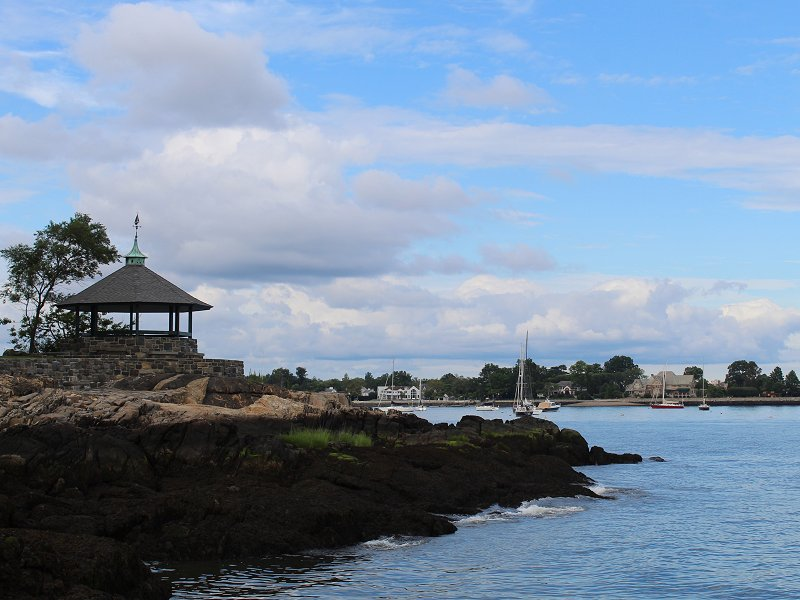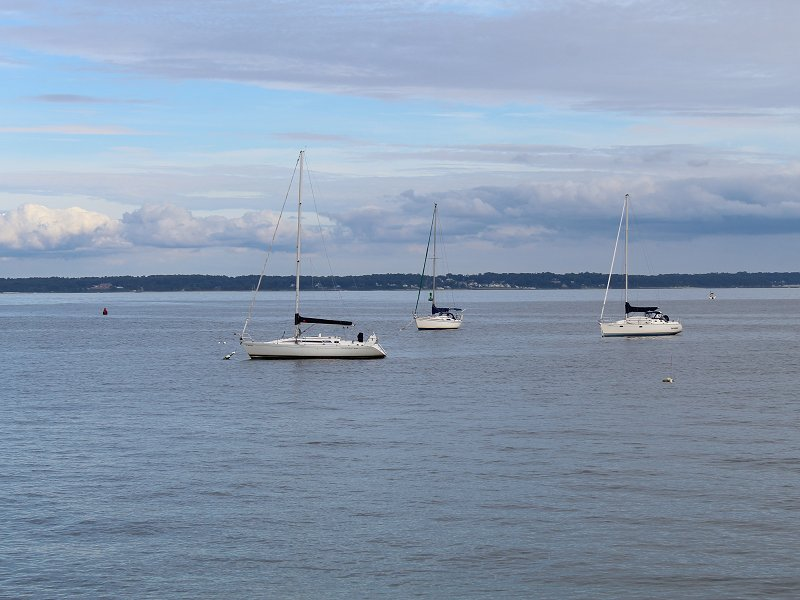-
Posts
23,238 -
Joined
Content Type
Profiles
Blogs
Forums
American Weather
Media Demo
Store
Gallery
Everything posted by donsutherland1
-
- 1,603 replies
-
- 6
-

-
- hurricane gusts
- flooding rains
-
(and 2 more)
Tagged with:
-
It has happened once. March 1983: 10.54” and April 1983: 14.01”
- 1,603 replies
-
- 3
-

-
- hurricane gusts
- flooding rains
-
(and 2 more)
Tagged with:
-
Through 4 pm, Central Park’s 2-day rainfall is 6.29”. That is the 4th highest 2-day figure on record for August.
- 1,603 replies
-
- hurricane gusts
- flooding rains
-
(and 2 more)
Tagged with:
-
With 0.39” rainfall through 11 am, Summer 2021 has become only the 10th on record to record 20” or more of rain in New York City.
- 1,603 replies
-
- 2
-

-
- hurricane gusts
- flooding rains
-
(and 2 more)
Tagged with:
-
- 1,603 replies
-
- 3
-

-
- hurricane gusts
- flooding rains
-
(and 2 more)
Tagged with:
-

Occasional Thoughts on Climate Change
donsutherland1 replied to donsutherland1's topic in Climate Change
This is also why the NOAA makes adjustments as necessary e.g., through its homogenization process. Otherwise, data would not really be consistent or comparable. -
Morning thoughts… Last night was a historic night in Central Park. For the first time on record, 1.35” or more rain fell for two consecutive hours, including a new hourly record figure of 1.94”. 2021 also recorded its record 3rd day of the year with an hourly amount of 1.35” or more. Total rainfall came to 4.45”, which broke the daily record of 4.19” from 1888 and was the 5th highest daily figure on record for August. Henri will pass east of Long Island before making landfall in Rhode Island. It will be mostly cloudy, windy, with rain. Heavy downpours are likely. High temperatures will likely reach the upper 70s and lower 80s in most of the region. Likely high temperatures around the region include: New York City (Central Park): 77° Newark: 80° Philadelphia: 81° Normals: New York City: 30-Year: 82.8°; 15-Year: 82.5° Newark: 30-Year: 84.1°; 15-Year: 84.1° Philadelphia: 30-Year: 85.2°; 15-Year: 84.9° Tomorrow will be variably cloudy, breezy, and warmer. Showers and thundershowers are still possible. For reference, daily rainfall records for select locations are below: Bridgeport: 1.42”, 1994 Farmingdale: 0.89”, 2019 Hartford: 1.95”, 1937 Islip: 2.21”, 1977 New Haven: 2.25”, 2010 New York City-JFK: 2.00”, 1994 New York City-LGA: 2.34”, 1994 New York City-NYC: 1.85”, 1994 Newark: 1.70”, 1994 Poughkeepsie: 3.70”, 2010 Westhampton: 1.41”, 1952 White Plains: 3.04”, 2010
-
- 1,603 replies
-
- 2
-

-
- hurricane gusts
- flooding rains
-
(and 2 more)
Tagged with:
-
000 NOUS41 KOKX 220615 PNSOKX CTZ005>012-NJZ002-004-006-103>108-NYZ067>075-078>081-176>179-221815- Public Information Statement National Weather Service New York NY 215 AM EDT Sun Aug 22 2021 ...Latest Rainfall Reports Through 2AM... Location Amount Time/Date Provider ...New Jersey... ...Bergen County... Hasbrouck Heights 3.05 in 0109 AM 08/22 CWOP Teterboro Airport 2.40 in 0106 AM 08/22 ASOS Lodi 2.16 in 1245 AM 08/22 IFLOWS Little Ferry 1.93 in 0110 AM 08/22 AWS Leonia 1.52 in 0110 AM 08/22 AWS Tenafly 1.39 in 1256 AM 08/22 CWOP Bogota 1.33 in 0110 AM 08/22 AWS New Milford 1.19 in 0105 AM 08/22 AWS Fair Lawn 1.13 in 0110 AM 08/22 CWOP ...Essex County... 0.6 SW Caldwell 2.48 in 1245 AM 08/22 IFLOWS West Orange 2.18 in 0104 AM 08/22 CWOP Montclair 2.15 in 0110 AM 08/22 AWS West Caldwell 2.13 in 0105 AM 08/22 CWOP Caldwell 1.97 in 0100 AM 08/22 ASOS Fairfield 1.78 in 0110 AM 08/22 AWS Bloomfield 1.78 in 0105 AM 08/22 CWOP Maplewood 1.20 in 0100 AM 08/22 IFLOWS Livingston 1.17 in 0102 AM 08/22 CWOP ...Hudson County... Jersey City 3.64 in 0109 AM 08/22 AWS 1 ENE Jersey City 3.43 in 0110 AM 08/22 AWS 1 SW Jersey City 3.20 in 0110 AM 08/22 AWS 1 W Hoboken 3.05 in 0110 AM 08/22 AWS Harrison 2.91 in 1100 PM 08/21 COOP Secaucus 2.85 in 0110 AM 08/22 AWS Hoboken 2.71 in 0107 AM 08/22 CWOP Weehawken 2.54 in 0110 AM 08/22 AWS Kearny 2.28 in 0110 AM 08/22 CWOP Kearny 2.14 in 0105 AM 08/22 CWOP 1 W Hoboken 2.03 in 1110 PM 08/21 AWS Bayonne 1.15 in 0110 AM 08/22 AWS Harrison 1.07 in 0110 AM 08/22 AWS ...Passaic County... Passaic 3.19 in 0102 AM 08/22 CWOP Clifton 2.87 in 0105 AM 08/22 AWS 0.8 E West Paterson 1.92 in 1245 AM 08/22 HADS 0.9 S Wayne 1.76 in 1245 AM 08/22 IFLOWS ...Union County... Newark Airport 1.45 in 0115 AM 08/22 ASOS ...New York... ...Bronx County... 1 ENE East Tremont 2.66 in 1130 PM 08/21 Trained Spotter Harlem 1.24 in 0110 AM 08/22 AWS ...Kings County... Brooklyn 6.32 in 0105 AM 08/22 CWOP Prospect Park 5.24 in 0105 AM 08/22 AWS 1 ESE Battery Park 5.23 in 0150 AM 08/22 Mesonet South Slope 5.04 in 0106 AM 08/22 CWOP Sheepshead Bay 4.41 in 0101 AM 08/22 CWOP 1 SSW Flatbush 4.32 in 0150 AM 08/22 Mesonet Flatbush 4.11 in 0150 AM 08/22 Mesonet 1 E Crown Heights 4.07 in 0151 AM 08/22 Mesonet Brooklyn College 4.06 in 0110 AM 08/22 NYSM 2 NE Coney Island 3.75 in 1245 AM 08/22 Trained Spotter ...Nassau County... Great Neck 2.62 in 1106 PM 08/21 CWOP Thomaston 2.33 in 1109 PM 08/21 AWS Mineola 2.04 in 1110 PM 08/21 AWS Carle Place 1.79 in 1110 PM 08/21 CWOP Levittown 1.77 in 1100 PM 08/21 CWOP Massapequa Park 1.57 in 1101 PM 08/21 CWOP East Rockaway 1.56 in 1100 PM 08/21 CWOP Wantagh 1.54 in 1110 PM 08/21 NYSM Hewlett 1.44 in 0110 AM 08/22 AWS Valley Stream 1.24 in 1106 PM 08/21 CWOP East Hills 1.19 in 1110 PM 08/21 AWS Muttontown 1.14 in 1105 PM 08/21 CWOP North Massapequa 1.09 in 1105 PM 08/21 CWOP ...New York County... Midtown Manhattan 4.73 in 0105 AM 08/22 AWS Central Park 4.45 in 0115 AM 08/22 ASOS Battery Park 4.35 in 0110 AM 08/22 AWS 2 WNW Greenpoint 4.24 in 0149 AM 08/22 Mesonet 1 E Midtown Manhattan 3.89 in 0137 AM 08/22 Mesonet Greenwich Village 3.87 in 0135 AM 08/22 Mesonet 1 E Greenwich Village 3.76 in 0137 AM 08/22 Mesonet Manhattan 3.11 in 0102 AM 08/22 CWOP Washington Heights 1.51 in 0105 AM 08/22 AWS ...Queens County... 1 WSW Lake Success 3.39 in 1155 PM 08/21 Trained Spotter 2 SE Midtown Manhattan 3.20 in 0138 AM 08/22 Mesonet NYC/JFK Airport 2.14 in 0115 AM 08/22 ASOS Kew Garden Hills 1.62 in 0110 AM 08/22 NYSM Bellerose 1.47 in 0101 AM 08/22 CWOP Beechhurst 1.41 in 0107 AM 08/22 CWOP NYC/La Guardia 1.18 in 1251 AM 08/22 ASOS ...Maritime Stations... Manhattan Dwntwn 2.25 in 1256 AM 08/22 AWOS City Island 2.06 in 0100 AM 08/22 CWOP &&
- 1,603 replies
-
- 1
-

-
- hurricane gusts
- flooding rains
-
(and 2 more)
Tagged with:
-
Wow. H/T The intense rainfall.
- 1,603 replies
-
- hurricane gusts
- flooding rains
-
(and 2 more)
Tagged with:
-
- 1,603 replies
-
- 1
-

-
- hurricane gusts
- flooding rains
-
(and 2 more)
Tagged with:
-
Central Park received 1.94” of rain in the last hour. That set a new hourly record. The old record was 1.76”, which was set on September 8, 2004.
- 1,603 replies
-
- 4
-

-
- hurricane gusts
- flooding rains
-
(and 2 more)
Tagged with:
-
For the first time, Central Park has had 2 consecutive hours with 1.35” or more of rain, as 1.60” has fallen so far during the current hour.
- 1,603 replies
-
- hurricane gusts
- flooding rains
-
(and 2 more)
Tagged with:
-
In the past hour, NYC’s Central Park received 1.38” of rain. This is the 3rd hourly figure of 1.35” or more this year. That breaks the #record of 2 such days, which had been set in 2006.
- 1,603 replies
-
- 2
-

-
- hurricane gusts
- flooding rains
-
(and 2 more)
Tagged with:
-
During the past hour, Central Park picked up 0.52” of rain. That exceeds the 48-hour forecast total on the 18z GFS.
- 1,603 replies
-
- 7
-

-

-
- hurricane gusts
- flooding rains
-
(and 2 more)
Tagged with:
-
Hurricane Henri will likely move across eastern Long Island or just pass offshore before making landfall along the southern New England coast. That will likely bring pounding surf and periods of heavy rain to the region. Parts of Long Island and southern New England could experience hurricane-force wind gusts. Already, feeder bands are bringing heavy downpours, thunder and lightning to parts of the region. The ENSO Region 1+2 anomaly was +0.1°C and the Region 3.4 anomaly was -0.4°C for the week centered around August 11. For the past six weeks, the ENSO Region 1+2 anomaly has averaged +0.45°C and the ENSO Region 3.4 anomaly has averaged -0.28°C. Neutral ENSO conditions will likely prevail into mid-September. The SOI was +11.05 today. The preliminary Arctic Oscillation (AO) figure was -0.095 today. On August 19 the MJO was in Phase 2 at an amplitude of 1.638 (RMM). The August 18-adjusted amplitude was 1.938 (RMM). Based on sensitivity analysis applied to the latest guidance, there is an implied 78% probability that New York City will have a warmer than normal August (1991-2020 normal). August will likely finish with a mean temperature near 77.1° (1.1° above normal).
-
Another Saturday at the New York Botanical Garden. Despite mostly cloudy skies and a sprinkle, the temperature climbed into the lower 80s. With dewpoints in the lower 70s, it felt quite uncomfortable. Nevertheless, much is still in bloom.
-
-
Morning thoughts… It will be partly to mostly cloudy. A few places could see a shower or thundershower especially late in the day. Temperatures will reach the lower and middle 80s in most of the region. Likely high temperatures around the region include: New York City (Central Park): 84° Newark: 87° Philadelphia: 86° Normals: New York City: 30-Year: 82.9°; 15-Year: 82.7° Newark: 30-Year: 84.2°; 15-Year: 84.3° Philadelphia: 30-Year: 85.4°; 15-Year: 85.1° Henri will impact the region tomorrow. Landfall on Long Island remains the most likely outcome before it heads into southern New England. It should be tugged northwestward for a time by an upper low to the west and a formative Greenland block. How far west it comes remains uncertain. The uncertainty is reflected by the lack of run-to-run continuity between the overnight guidance and earlier runs. The 0z and 6z GFS are far apart. Parts of Long Island and New England could experience hurricane-force wind gusts. In addition, August 22 daily rainfall records are likely in numbers locations. For reference, daily rainfall records for select locations are below: Bridgeport: 1.42”, 1994 Farmingdale: 0.89”, 2019 Hartford: 1.95”, 1937 Islip: 2.21”, 1977 New Haven: 2.25”, 2010 New York City-JFK: 2.00”, 1994 New York City-LGA: 2.34”, 1994 New York City-NYC: 1.85”, 1994 Newark: 1.70”, 1994 Poughkeepsie: 3.70”, 2010 Westhampton: 1.41”, 1952 White Plains: 3.04”, 2010
-
- 1,603 replies
-
- hurricane gusts
- flooding rains
-
(and 2 more)
Tagged with:
-
Same here in Westchester (2nd time today).
- 1,603 replies
-
- 2
-

-
- hurricane gusts
- flooding rains
-
(and 2 more)
Tagged with:
-
During the weekend, the track of Henri will have potential impacts on the weather, especially for Sunday into Monday. A period of blocking will be developing. However, the block will not rival that which steered Sandy to New Jersey landfall. Nevertheless, the guidance is now favoring a track farther to the west than had been the case 24 hours ago. At present, a track that takes Henri across Long Island and then into New England has become the most likely outcome. That will likely bring pounding surf and periods of heavy rain to the region. Parts of Long Island and southern New England could experience hurricane-force wind gusts. The ENSO Region 1+2 anomaly was +0.1°C and the Region 3.4 anomaly was -0.4°C for the week centered around August 11. For the past six weeks, the ENSO Region 1+2 anomaly has averaged +0.45°C and the ENSO Region 3.4 anomaly has averaged -0.28°C. Neutral ENSO conditions will likely prevail into mid-September. The SOI was +13.72 today. The preliminary Arctic Oscillation (AO) figure was +0.490 today. On August 18 the MJO was in Phase 2 at an amplitude of 1.936 (RMM). The August 17-adjusted amplitude was 2.349 (RMM). Based on sensitivity analysis applied to the latest guidance, there is an implied 72% probability that New York City will have a warmer than normal August (1991-2020 normal). August will likely finish with a mean temperature near 76.9° (0.9° above normal).
-
Today was the calm before the possible storm. The sky was covered by some low- and mid-, and high-level clouds. The temperature rose into the lower 80s.


